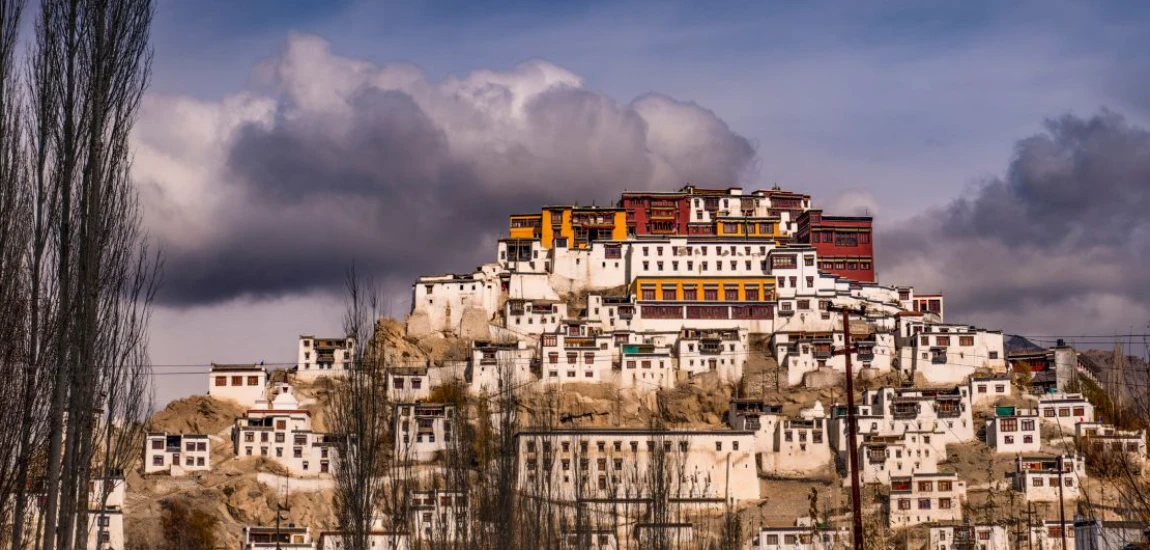Streets Built for a Reason That No Longer Exists

Every city, no matter how modern, carries echoes of the past etched into its streets. Some of these echoes are easy to overlook—an oddly wide boulevard, a curved lane that seems to ignore the grid, or a road that dead-ends without explanation. These peculiarities are often signs of streets built for a reason that no longer exists. They might once have been trade routes for goods that no longer flow, military passages for defenses that have long since crumbled, or ceremonial avenues designed for rituals and parades that have faded from cultural memory.
The beauty of these streets is that they are still alive. Unlike ruins or monuments preserved behind barriers, they remain part of daily life. Locals shop, work, and commute along them, often unaware of their hidden histories. Yet when you pause to reflect, these roads reveal fascinating stories about human ingenuity, ambition, and survival.
For travelers and history lovers, exploring these streets can be just as rewarding as visiting a museum or landmark. They provide insight into how societies once lived, what they valued, and how those priorities shifted over centuries. The goal of this post is to explore different categories of such streets—from trade-born lanes to military boulevards, from industrial arteries to ceremonial avenues—and explain how their original purposes, now obsolete, continue to shape our modern urban environments.
Streets Born from Trade and Market Routes
Some of the most enduring examples of streets built for a reason that no longer exists come from the world of trade. Before trains, highways, and airplanes reshaped commerce, trade routes were lifelines that determined the very existence of towns and cities. Streets that formed the core of ancient markets or served as caravan paths still exist today, though their original roles have faded into memory.
Take London’s Poultry, for example. The name itself hints at its past as a market where poultry was sold. Similarly, Paris has countless streets—Rue du Caire, Rue du Faubourg Saint-Antoine—that were once directly tied to specific trades, from textiles to furniture making. Today, many of these streets are bustling with modern shops, cafes, or residential apartments, but the names remain as linguistic fossils of their commercial origins.
In Asia, trade routes had an even larger geographic footprint. Silk Street in Beijing draws its name from the legendary Silk Road, a vast network that carried goods between China and Europe. While its original caravans are long gone, the street still thrives as a shopping district, though mostly catering to tourists looking for souvenirs rather than merchants trading essential goods.
Many of these streets are also physically distinctive. They are often wider than surrounding alleys, designed to accommodate carts, livestock, and crowds of traders. Some are oddly curved, tracing the line of old rivers or natural landscapes that no longer exist. In some cases, the streets even cut against the city’s grid, refusing to conform because they predated organized urban planning.
For travelers, knowing this backstory transforms the experience. A casual stroll becomes a historical journey. Suddenly, the coffee shop you’re sitting in isn’t just on a random street—it’s perched along a route that once carried silks, spices, or livestock that fueled entire economies. These streets remind us that cities are not static—they are palimpsests, layered with centuries of shifting commerce and culture.

Military and Strategic Streets That Outlived Their Purpose
Another fascinating category of streets built for a reason that no longer exists are those tied to military strategy. While today they may look like ordinary boulevards, their origins often lie in the defense of cities, troop movements, and control of populations.
Perhaps the most famous example is the transformation of Paris under Baron Haussmann in the 19th century. While celebrated for their elegance and symmetry, Haussmann’s wide boulevards had a darker, strategic purpose. They were designed to prevent uprisings by eliminating the maze-like medieval streets where rebels once built barricades. The new boulevards allowed troops to move quickly and artillery to fire unimpeded. Today, few visitors sipping coffee in a Parisian café think of cavalry charges, but that military logic is built into the very bones of the city.
In other places, military streets were tied to fortifications that no longer exist. For example, many European cities have roads named “Wall Street,” “Rampart Road,” or “Fort Street.” These were once access routes for soldiers patrolling city defenses. Today, the walls and ramparts may be gone—replaced with parks, housing, or modern avenues—but the roads remain, sometimes curiously terminating at spaces where the fortifications once stood.
Even outside Europe, cities shaped by colonial powers often have streets designed for military efficiency. In India, British-built cantonments featured straight, wide avenues for marching troops and moving supplies. While the military purposes have long faded, many of these roads are now leafy residential boulevards or major commercial routes.
What’s striking about these streets is how different they feel compared to organic urban growth. They are often unusually wide, straight, or rigidly organized. Their purpose—to control and defend—still lingers in their form, even if the battles are centuries behind us.

Streets Created for Industry and Infrastructure
The industrial revolution reshaped cities worldwide, and with it came an entire generation of streets created not for beauty or ceremony but for practicality. These roads served factories, warehouses, docks, and railways, designed to move raw materials in and finished goods out. When industries declined, the streets were left behind, often oversized and strangely placed compared to the residential and commercial neighborhoods that replaced them.
A prime example is London’s Docklands. In the 19th century, the area was a hive of industrial activity, with streets designed for carts, ships, and workers. When the shipping industry declined in the late 20th century, the warehouses emptied out, and many streets seemed obsolete. Today, the Docklands have been redeveloped into financial and residential hubs, but the broad industrial streets remain, giving the area a distinctive feel compared to older parts of London.
Similarly, New York’s Meatpacking District tells the story of streets that once echoed with industrial clatter. Built for trucks delivering livestock and meat, the cobblestone roads and wide loading docks are now home to high-end boutiques, art galleries, and nightlife venues. The industrial purpose is long gone, but the character of the streets preserves the memory of a very different era.
Smaller industrial towns across Europe and North America also feature similar relics. Roads leading to mills or mines often appear oversized for the quiet neighborhoods they now pass through. Some of these have been reimagined as pedestrian promenades, bike paths, or cultural districts. Yet their unusual widths, alignments, or terminuses hint at the factories, mills, or shafts that once anchored local economies.
These streets highlight the adaptability of urban landscapes. Even when industries collapse, the infrastructure remains, and cities find new ways to breathe life into old frameworks. They remind us that progress doesn’t erase the past—it simply rewrites it.

Ceremonial Streets and Avenues Without Their Rituals
Not all streets were built for commerce or defense. Some were designed as stages—avenues meant to host rituals, parades, and processions that expressed a community’s values and power. These ceremonial streets often survive long after the rituals fade, leaving behind grand roads that now function as everyday thoroughfares.
One of the most evocative examples is Rome’s Via Sacra. In ancient times, it was the heart of triumphal processions celebrating victorious generals. Today, it’s part of the tourist circuit, with visitors strolling its cobblestones unaware of the pageantry it once hosted. Similarly, in Asian capitals like Bangkok or Beijing, grand boulevards were laid out to connect royal palaces, temples, or administrative centers. While some are still used for parades or national celebrations, many now carry ordinary traffic, their symbolic weight diminished.
Ceremonial streets are easy to spot because they often feel “too big” for their current use. They are broad, straight, and lined with monumental architecture, creating an impression of grandeur that seems out of sync with their everyday reality. Walking down such a street can feel like walking on a stage without a play—a space built for spectacle now filled with buses, cars, and pedestrians.
For modern travelers, these streets provide a unique way to imagine the past. Standing in the middle of a ceremonial avenue, you can picture the royal processions, religious chants, or military parades that once filled the space. Though the rituals are gone, the avenues themselves remain, silent witnesses to traditions that shaped societies.

Why These Streets Matter Today
Why should we care about streets built for a reason that no longer exists? Because they remind us that cities are living archives. Every unusual curve, oversized boulevard, or strangely named road tells a story about what mattered to people in the past—be it survival, commerce, spectacle, or defense.
For urban planners, these streets present opportunities and challenges. Some can be repurposed into pedestrian-friendly spaces, greenways, or cultural hubs. Others resist change, standing as reminders of urban design choices that still shape traffic patterns today.
For travelers and locals alike, learning the history behind these streets enriches daily life. The next time you walk down a grand boulevard or a narrow alley with a curious name, ask yourself: why was this built? Chances are, the answer connects you to centuries of history hidden in plain sight.




